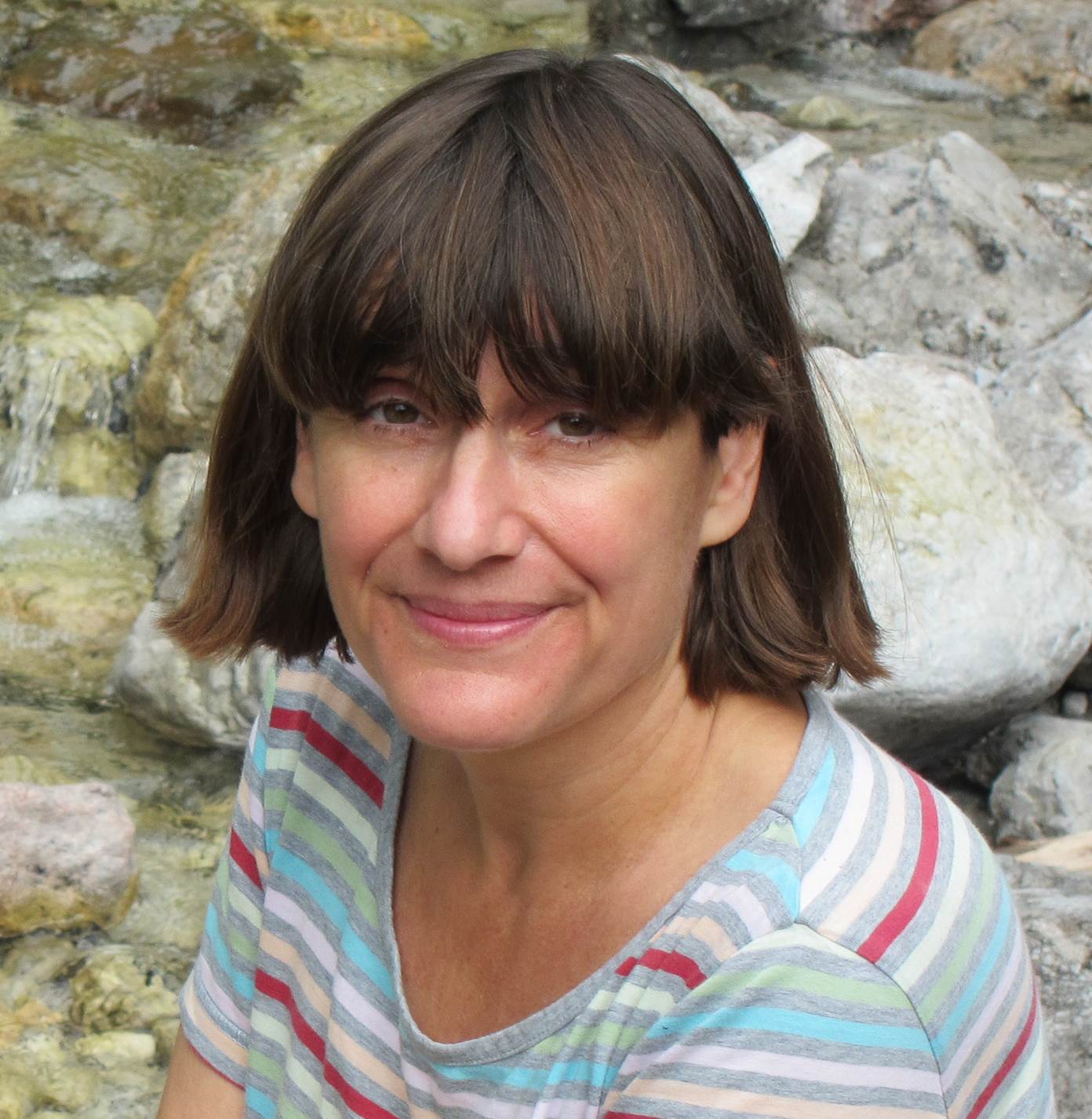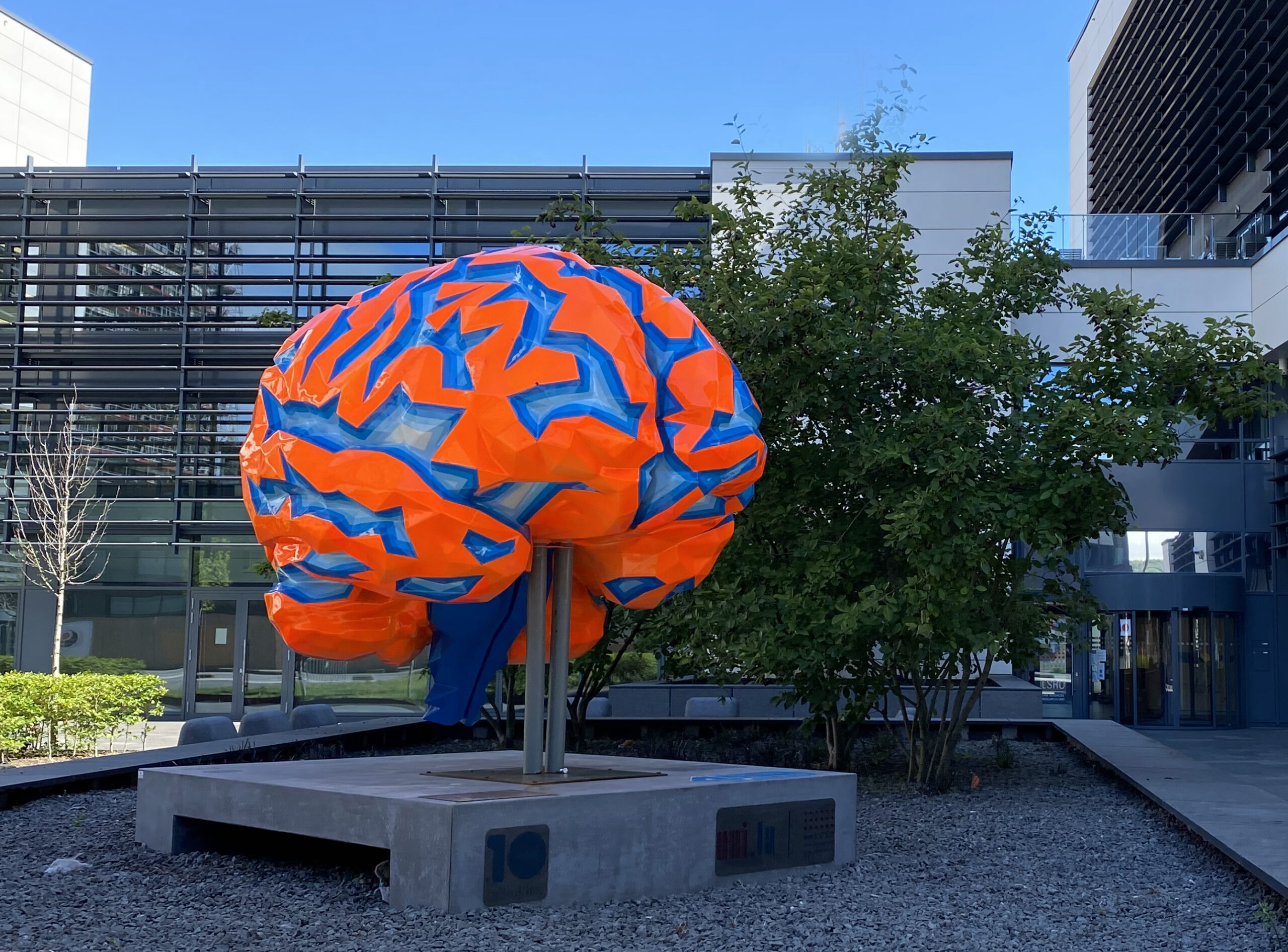Explore the forefront of neuroscience with the LCSB Neuroscience Lecture Series, featuring scientific presentations from internationally renowned experts in various disciplines of neuroscience.
Meet the speaker! A networking aperitif with light snacks and refreshments will follow the presentation. Further one-on-one meeting opportunities with the speaker can be arranged by emailing Caroline Belot.
Novel mechanisms in neurogenesis and neural repair
Organelles such as centrosomes, nucleoli or mitochondria perform well-known common functions in all cell types. I will discuss their surprisingly large degree of different composition in the context of development, disease and direct reprogramming. For example, the centrosome of human neural stem cells differs by more than half of its proteome from the one in neurons (O’Neill et al., Science 2022). Such cell type-specific composition also explains why some ubiquitous proteins have organ-specific defects, when mutated in patients, as they are only at a specific organelle in specific cell types. I will explain this for the splicing protein PRPF6 that plays specific roles at the centrosome in neural stem cells which is relevant for the disease periventricular heterotopia. I will then turn to organellar heterogeneity in direct neuronal reprogramming and discuss the role of mitochondria heterogeneity in this process and how to overcome hurdles in this conversion process due to late change of the mitochondrial proteome to a neuronal identity. This will bring us to human glia-to-neuron reprogramming where we discovered that the unfolded protein response is a hurdle elicited by mitochondrial dysfunction during the reprogramming process. Its inhibition results in much improved reprogramming allowing even to convert glia of patients with mitochondrial dysfunction. I will then proceed to discuss recent unpublished data on how to bring human glia-to-neuron reprogramming to an in vivo setting. Taken together, a better understanding of the distinct composition of organelles in a highly cell type-specific manner in development, helps treating disease and improving repair processes.
About the speaker
Prof. Magdalena Götz studied Biology and did her PhD at the FMI in Tübingen on the mechanisms of how input connections to the cerebral cortex form during development and how specific neuronal subtypes are specified. She then moved to the National Institute for Medical Research to use retroviral vectors for clonal analysis and identified mechanisms delineating neighboring forebrain regions. Afterwards she started her own lab at the Max-Planck Institute for Neurobiology and made the breakthrough discovery that radial glial cells are neural stem cells. This inspired her to attempt turning also adult mature glial cells into neurons already in 2002 in vitro and in 2005 in vivo. In order to determine which glial cells best to convert to neurons after traumatic brain injury, she systematically examined the roles of distinct glial subtypes after traumatic brain injury when she was appointed Director of the Institute of Stem Cell Research at the Helmholtz Center Munich in 2004 and Chair of Physiological Genomics, now at the Biomedical Center of the Ludwig-Maximilians University in Munich.

The Neuroscience Lecture Series is supported by the Luxembourg National Research Fund (FNR) RESCOM Program (RESCOM24/18810230/Neurosciences_LS).

